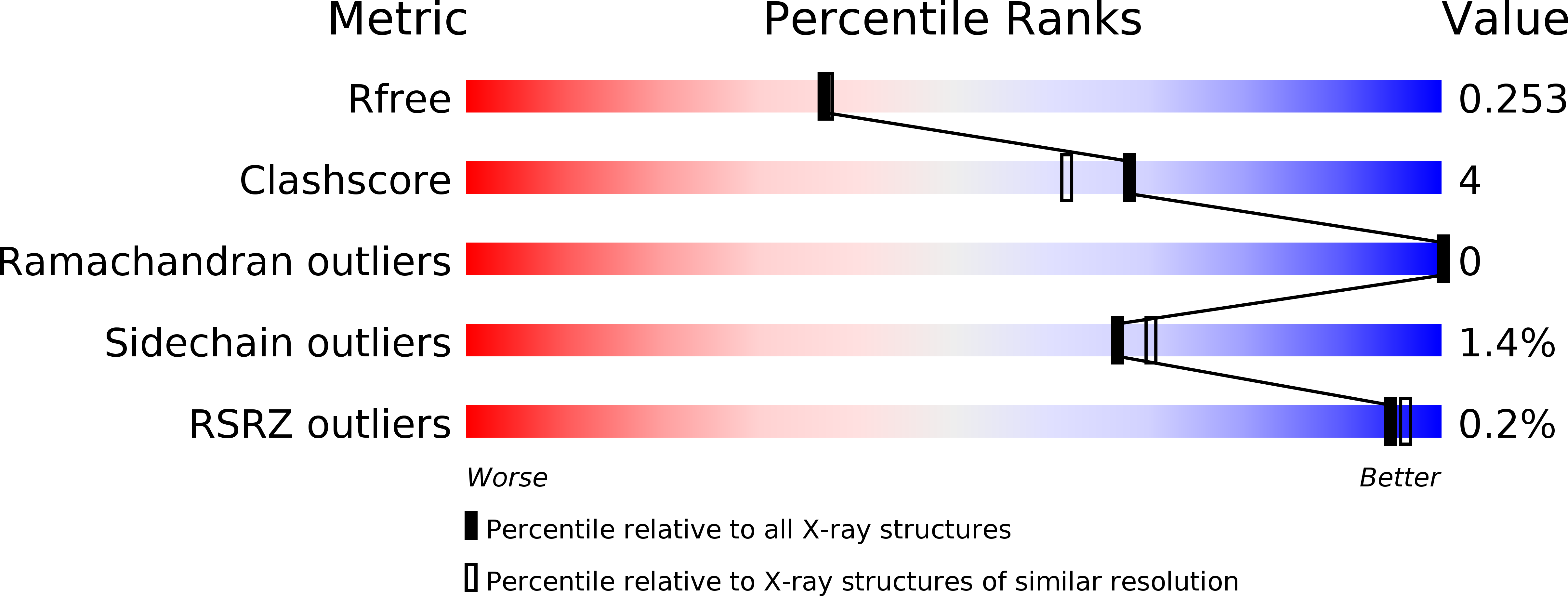
Deposition Date
2011-11-20
Release Date
2012-11-28
Last Version Date
2023-09-13
Entry Detail
PDB ID:
3UQD
Keywords:
Title:
Crystal structure of the Phosphofructokinase-2 from Escherichia coli in complex with substrates and products
Biological Source:
Source Organism:
Escherichia coli (Taxon ID: 83333)
Host Organism:
Method Details:
Experimental Method:
Resolution:
2.14 Å
R-Value Free:
0.25
R-Value Work:
0.19
R-Value Observed:
0.19
Space Group:
C 2 2 21


